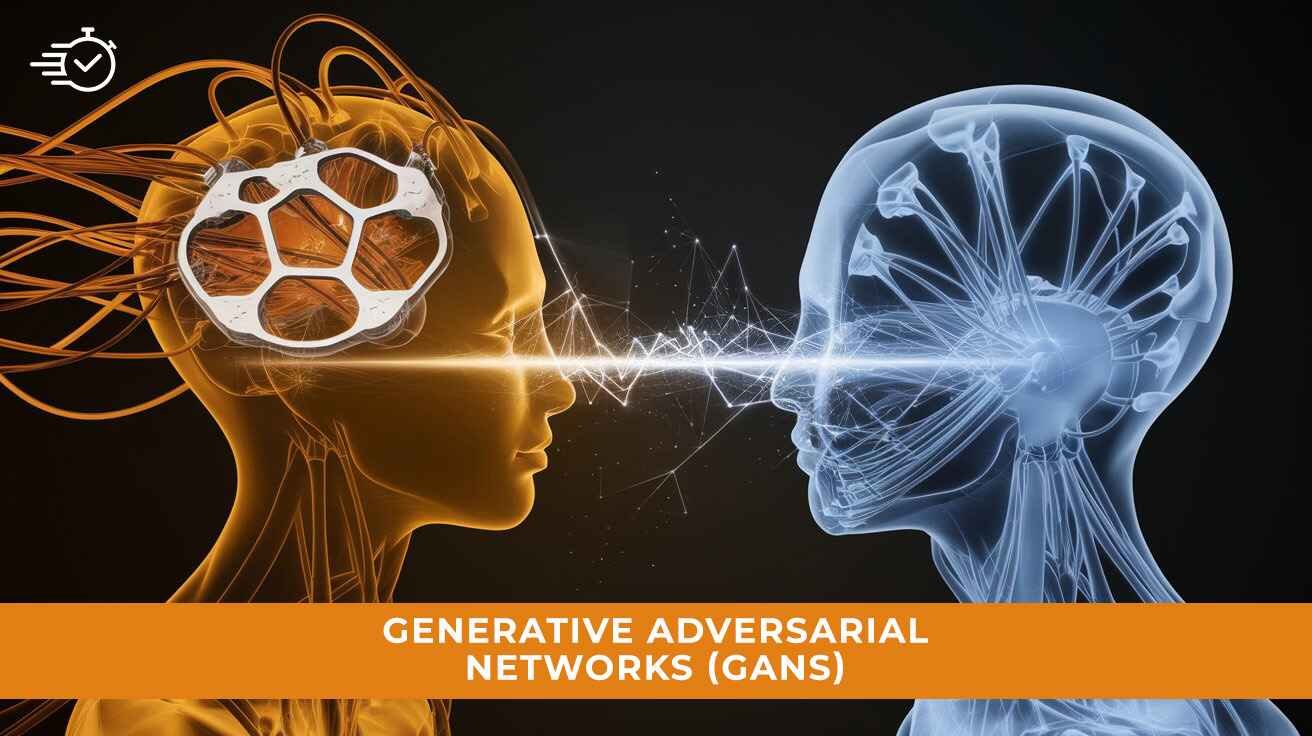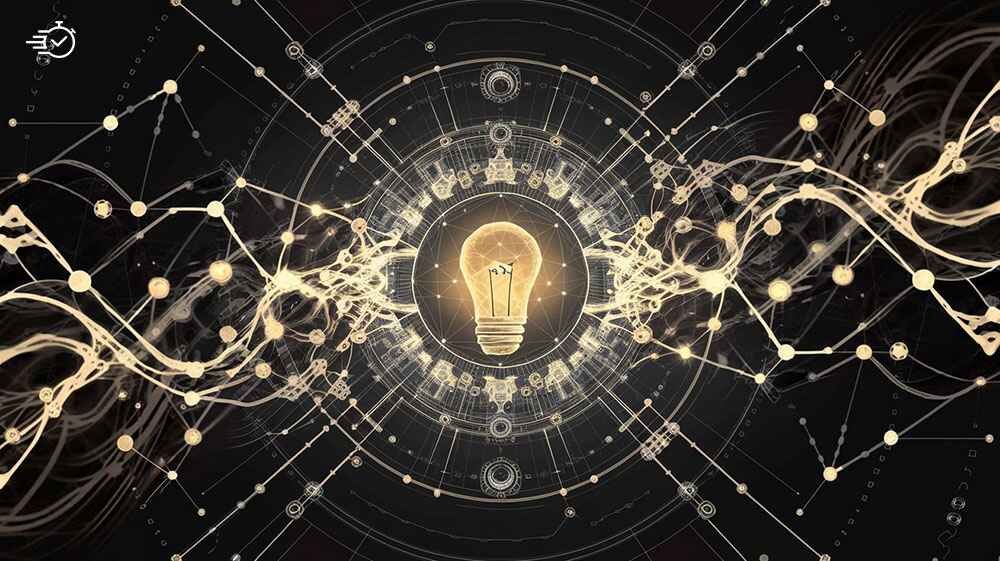What are Generative Adversarial Networks (GANs)?
Generative Adversarial Networks (GANs) is a groundbreaking technology in artificial intelligence, permitting the creation of the latest artificial information that carefully resembles actual information. First proposed by Ian Goodfellow and his colleagues in 2014, GANs have, in fact, revolutionized diverse fields, together with pc imaginative and prescient, herbal language processing, and even tune technology. This article explores the fundamentals of GANs, their workings, programs, challenges, and future directions.
How Do GANs Work?
GANs consist of primary components:
1. The Generator
The generator is a neural network that produces artificial information. It starts by taking random noise as input and transforming it into facts that mimic a specific dataset (e.g., photographs, audio, or textual content). Initially, the generated facts can be of low quality, but the generator learns from its mistakes over the years, enhancing its output.
2. The Discriminator
The discriminator is any other neural network tasked with differentiating between natural and artificial information. It gets both real data from the education set and fake statistics generated by using the generator. The discriminator aims to discover accurately whether a given sample is actual or faux.
3. Adversarial Training Process
The education process is where the magic occurs. The generator and discriminator interact in a 0-sum recreation, in which:
- The generator strives to create more and more sensible samples to fool the discriminator.
- The discriminator works to enhance its accuracy in distinguishing real from fake samples.
This adversarial education continues until the generator produces records that the discriminator can’t reliably differentiate from accurate statistics.
Applications of GANs
Generative Adversarial Networks have several programs across numerous industries:
1. Image Generation
GANs are widely used to create super photos for diverse functions, from art and photography to style design. For example, they can generate practical human faces or inventive pics that don’t exist in truth.
2. Super Resolution
GANs can decorate image decisions by including elements of low-decision pics, enhancing readability and making them appropriate for numerous packages, together with scientific imaging and satellite TV for PC imagery.
3. Video Generation
GANs can generate artificial video content, creating coherent frames that maintain visible consistency. This software has potential uses in film, gaming, and digital media.
4. Data Augmentation
In system learning, GANs can generate extra schooling records to deal with issues of restrained information availability. By augmenting datasets with artificial samples, models can reap advanced performance and generalization.
5. Text-to-Image Synthesis
GANs can bridge the gap between herbal language processing and pc imaginative and prescient through producing photos primarily based on textual descriptions, bearing in mind innovative programs in advertising and marketing and content advent.
Challenges and Limitations of GANs
Despite their capacity, GANs face several demanding situations:
Mode Collapse
In some instances, the generator might also produce a confined type of output, called mode fall apart. This issue can restrict the diversity of generated samples, lowering their software.
Training Instability
The antagonistic schooling procedure may be volatile, leading to eventualities where one network dominates the alternative. This imbalance can result in terrible performance and convergence troubles.
Evaluation Metrics
Assessing the high quality of generated samples is often subjective, and there may be no universally standard metric for evaluating GAN’s overall performance. Researchers need to explore methods to establish decisive evaluation criteria.
The Future of GANs
The destiny of GANs is vibrant, with ongoing studies specializing in overcoming their challenges and expanding their programs. Innovations in training techniques, architectures, and assessment strategies promise to decorate the abilities of GANs, making them more excellent, sturdy, and reliable. As industries adopt AI technologies more and more, GANs will play an important role in shaping the destiny of the records era and content creation.
Conclusion
Generative Adversarial Networks (GANs) are a transformative pressure in artificial intelligence, permitting the technology of sensible facts throughout numerous fields. From photograph synthesis to statistics augmentation, their packages are enormous and continue to grow despite demanding situations like mode disintegration and training instability. However, ongoing research and development promise to liberate even more capability for GANs in the years to come. Understanding and leveraging the GAN era can result in progressive solutions that reshape industries and create creative possibilities.
FAQ 1: What are Generative Adversarial Networks (GANs)?
Answer: Generative Adversarial Networks (GANs) are a class of artificial intelligence models that consist of two neural networks, the generator and the discriminator, which work against each other in a process called adversarial training. The generator creates artificial data that mimics real data, while the discriminator evaluates the authenticity of the generated data. This setup allows GANs to generate realistic samples, such as images or audio.
FAQ 2: What are the main applications of GANs?
Answer: GANs have numerous applications, including:
- Image Generation: Creating realistic images, including human faces and artistic works.
- Super Resolution: Enhancing the resolution of low-quality images.
- Video Generation: Producing artificial videos with coherent frames.
- Data Augmentation: Generating additional training data to improve machine learning models.
- Text-to-Image Synthesis: Generating images based on textual descriptions.
FAQ 3: What challenges do GANs face?
Answer: GANs encounter several challenges, including:
- Mode Collapse: The generator may produce a limited variety of outputs, reducing diversity.
- Training Instability: The adversarial training process can be unstable, leading to imbalances between the generator and discriminator.
- Evaluation Metrics: Assessing the quality of generated samples can be subjective, and there is no universally accepted metric for evaluating GAN performance.
FAQ 4: How do GANs improve over time during training?
Answer: During training, GANs improve through a feedback loop. The generator creates artificial data and receives feedback from the discriminator, which evaluates whether the samples are real or fake. As the discriminator gets better at identifying fake samples, the generator learns to produce more realistic outputs to “fool” the discriminator. This iterative process continues until the generated data is indistinguishable from real data.
FAQ 5: What is the future of GANs in artificial intelligence?
Answer: The future of GANs looks promising, with ongoing research aimed at addressing their challenges and expanding their applications. Innovations in training methods, architectures, and evaluation criteria are expected to enhance the robustness and reliability of GANs. As artificial intelligence continues to evolve, GANs will play a significant role in data generation, creative content creation, and various industries, such as entertainment, healthcare, and more.
Also Checkout: Undress AI: The Dark Side of AI Image Manipulation





